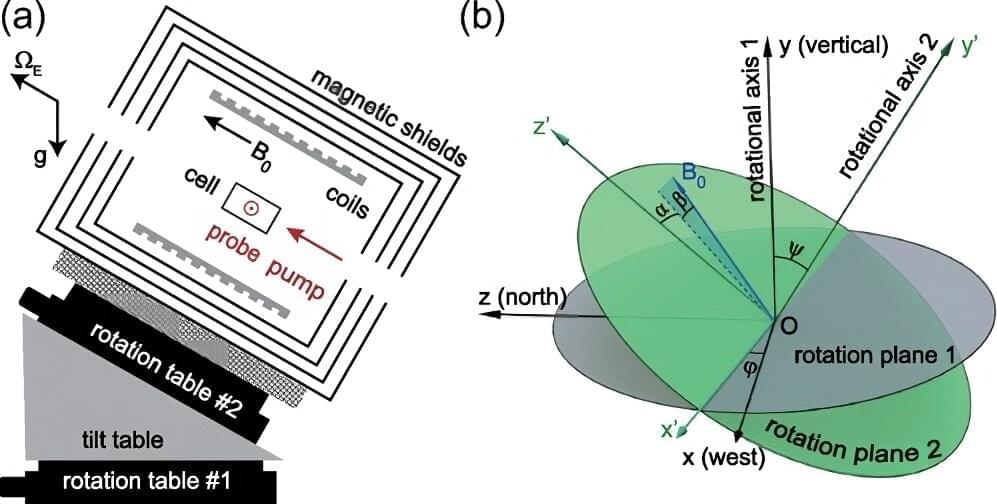Current artificial intelligence systems like ChatGPT do not have human-level intelligence and are not even as smart as a dog, Meta’s AI chief Yann LeCunn said. LeCun talked about the limitations of generative AI, such as ChatGPT, and said they are not very intelligent because they are solely trained on language.
Meta’s LeCun said that, in the future, there will be machines that are more intelligent than humans, which should not be seen as a threat.
Current artificial intelligence systems like ChatGPT do not have human-level intelligence and are barely smarter than a dog, Meta’s AI chief said, as the debate over the dangers of the fast-growing technology rages on.
Meta’s AI chief said the company is working on training AI on video, rather than just on language, which is a tougher task.
In another example of current AI limitations, he said a five-month-old baby would look at an object floating and not think too much of it. However, a nine-month year old baby would look at this item and be surprised, as it realizes that an object shouldn’t float.
LeCun said we have “no idea how to reproduce this capacity with machines today. Until we can do this, we are not going to have human-level intelligence, we are not going to have dog level or cat level [intelligence].”









